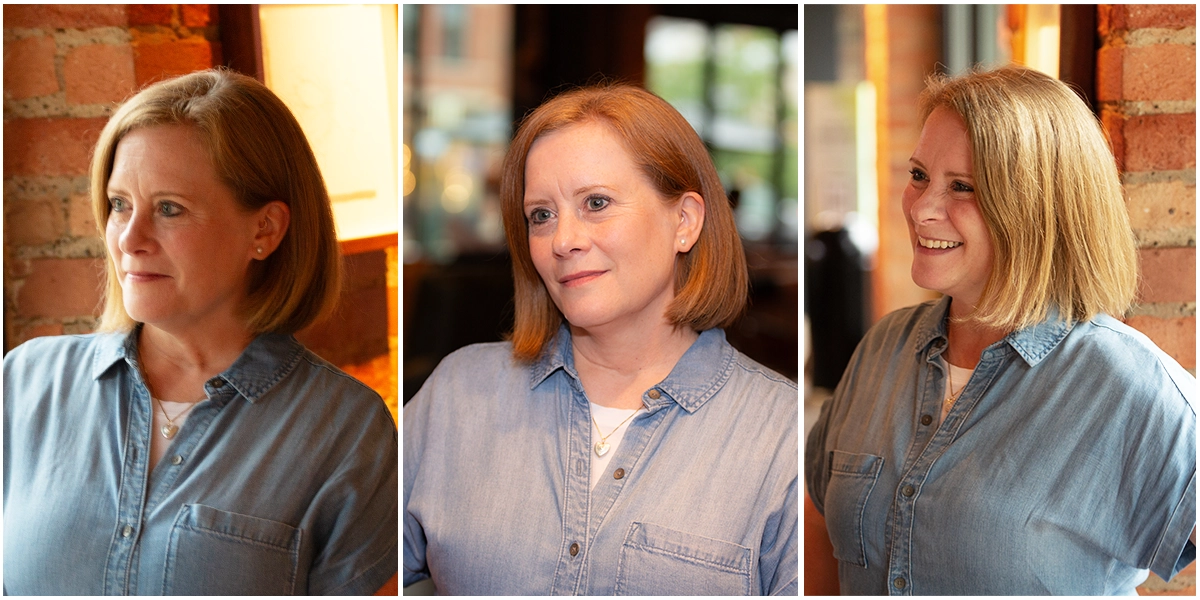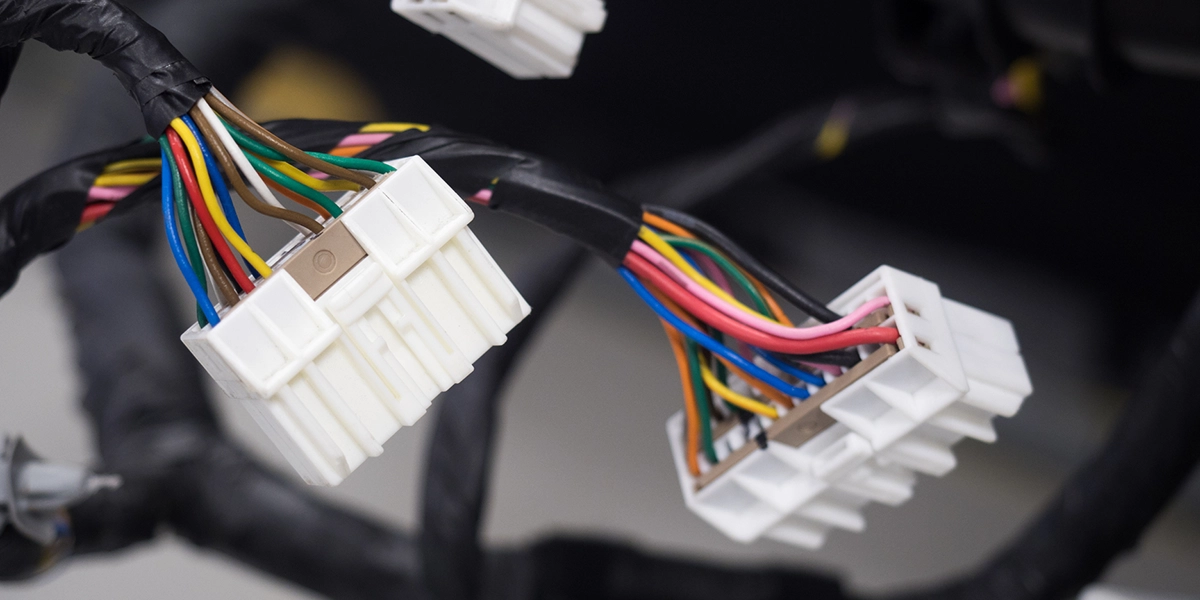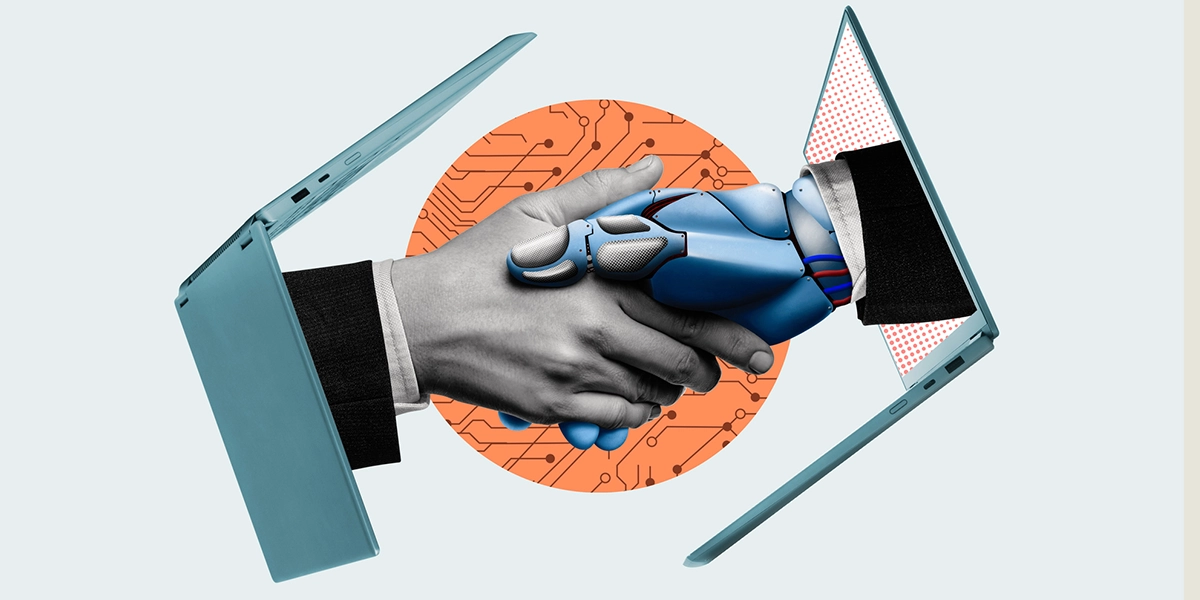Explainer video production occupies an unusual niche in the world of media creation. Part product support and part industrial video–with surprising ramifications for brand marketing–few people know this type of production as well as Tweddle Group Director of Video Production and Creative Services, Amy Simonelli.
In the first part of our interview, we talked about the vacuum companies often create when they fail to provide viable information video, and the critical skillset involved in its production.
In this next segment, Amy details her background in production, how she entered the world of explainer video production, and the surprising role aftersales content plays in pre-purchase decision-making.
How did you get involved in explainer video production?
Well, a little bit by accident. I got a broadcast journalism degree from Michigan State, and as I started to explore what the reality of that was going to look like, I decided I might want to switch gears.
I ended up at an advertising agency doing some temporary work. And believe it or not, they placed me in the broadcast production department and I immediately fell in love with the people and the work they were doing. It showed me a whole different type of production I hadn’t really considered before.
Production creates an exciting work environment. There’s nothing else like it.
Yeah. Absolutely. I love the production environment. It’s a vibrant environment and everybody’s got a role, everybody’s collaborating to make this amazing thing. Whether it’s a television commercial or a vehicle shoot there’s this level of collaboration required, you can’t get around it.
I love making sure you have the right people and the right resources to achieve what you need. And it’s tricky because every shoot is different.
You don’t want someone used to directing extensive dialogue running a shoot with no dialogue, or focused entirely on vehicles, for example. You don’t want an editor who specializes in comedy to edit a serious PSA.
It’s all about finding the right puzzle pieces to deliver the right final product.
From the outside, it’s hard to understand how much goes into a production. Let’s say you see a commercial that’s nothing more than a slow push on an empty chair in the middle of the woods, for example—something simple but well-lit and well-executed—it’s shocking how much goes into that. A lot of work, resources, time and attention to detail might be needed for 30 seconds of film.
Exactly.
And that’s just one side of it. The other side is the end result might not end up looking like the original concept. There’s so much flux, and things can really transform in real time.
You have to be present and responsive to what’s needed. You have to understand the client or the creative brief well enough to know what the real end goal actually is. And then, you know, depending on the collaboration and the needs of the client things can really pivot, so I’d say any smart explainer video production has to stay pretty flexible.
"There’s a special power in showing something with movement and visual perspective."
Certainly, you can green screen backgrounds and other elements, you can use CGI, you can use AI, those are viable choices if they’re chosen wisely, executed well, and appropriate for the task. Every choice brings its own impact to overall quality, so you just have to use your head and know what you’re giving up.
The tricky part of it is there’s a degree of mythmaking happening right now, driven by commercial opportunity, and next thing you know there’s a perception that, “Oh, we can make a broadcast quality commercial with AI, and all we need is a laptop and a person to press some buttons, and we can make an entire car commercial.” That’s an appealing idea, right? “Well, I have a laptop, and I can press some buttons, so away we go.”
And, unfortunately, there are going to be some frustrated folks when they realize there’s a bit more involved. Producing a competitive or even commercially-viable end product just isn’t as simple as pressing the AI button.
By the same token AI can provide production value that our clients frequently can’t afford due to tight budgets. Location shoots and fancy sets are often out of reach for our project budgets, but AI changes all that.
Right.
So, you have all these factors in play. And with our clients there’s usually a legal team and that will exert a significant influence over what you’re doing. It can be very interesting to watch a piece evolve.
Once you got involved in video production at the agency level, what was your path to Tweddle Group?
Well, I loved the agency work but it’s also very, very demanding. I went through that world, working at different agencies, doing different levels of commercial production, from really big million-dollar projects to smaller, more budget-minded work and I realized I wanted to dial back the pace a bit.
I’d had previous opportunities to do those types of projects when I was at Doner. I’d worked on projects for Electrolux and things like that.
And those projects were how I discovered the studio where I made the switch. I was lucky enough to land a position at a local production house. They did some commercial work, but they also specialized in industrial video. And that, of course, is a whole different type of communication.
Much like what had happened when I moved from journalism to broadcast production, I discovered another world of production with its own unique appeal and its own challenges. And, crucially for me, a different approach to getting the deliverables out. Agency work is frenetic. Corporate/industrial is much more predictable, and that was appealing for where I eventually came to in my life.
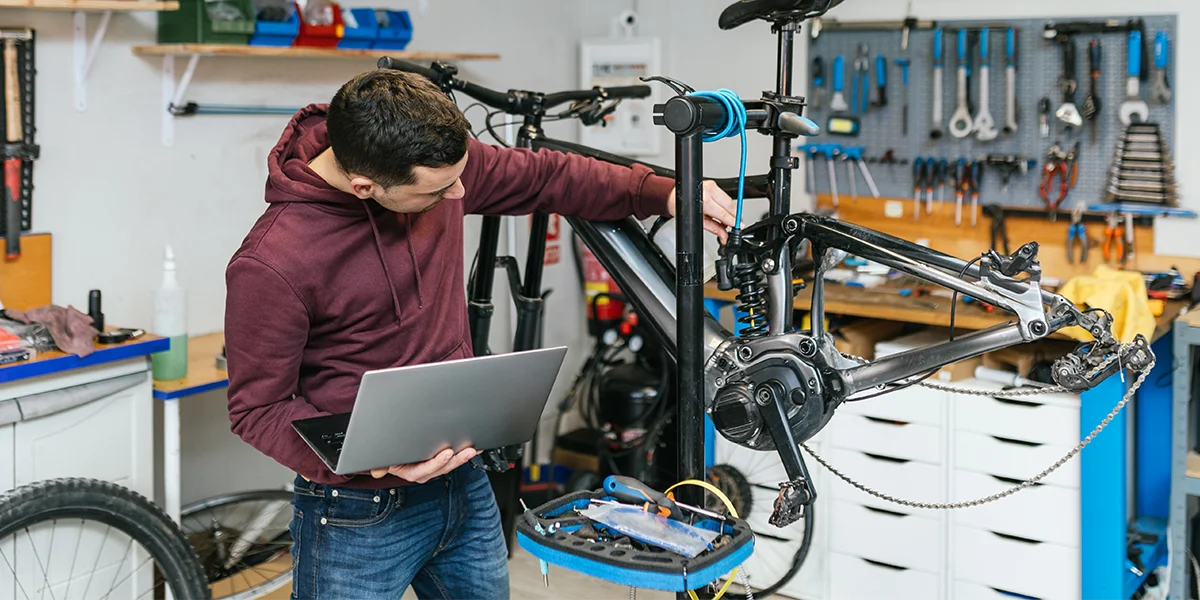
Which makes sense. Industrial production emerges from, and is designed to serve, corporate processes and corporate schedules.
Right. When you produce advertisements, you’re trying to win people over. You’re trying to make them go out and purchase a product. It’s a lot more abstract and it’s a lot more chaotic.
With industrial production, you’re trying to help someone understand something. The goal is clear, direct communication.
Maybe you’re educating people on a safety process. Maybe you need someone to understand a product you’ve got out in the market. It’s an interesting task, creating work based on information, and trying to help people learn something.
For me, it’s become really meaningful. I enjoy the challenge of taking something complicated and figuring out the best way to communicate it. Here’s something that’s difficult to understand—let’s get it to where it’s easily digestible.
And it’s funny you entered the field when you did, because there was a major shift right around this time. OEMs had all this reference material they’d previously only made available in books, and they decided en masse they might want to create video equivalents. Is that when you came to Tweddle Group?
Yeah, the 2000s, with Tweddle Group right at the front of owner information or explainer video production. It was apparent to everyone, you know, that the way automotive companies communicated with their customers wasn’t cutting it. Customers had known for a while, and now the OEMs themselves were seeing it, too.
Maybe there were new or difficult-to-use features on a vehicle, and customers were having trouble, getting frustrated. If a customer is trying to use something on a product, and it isn’t working out, that frustration can easily fuel a level of dissatisfaction.
New, advanced features started being introduced around this time, features that might really benefit customers, and customers weren’t even aware. Feature awareness started to fall behind and that’s an undesirable outcome for a manufacturer. Explainer video production emerged directly, I think, out of that ‘crisis moment’.
We’ve become very visual as a society. We’ve gotten very comfortable with watching video content. And video provides a much more succinct way of explaining something.
It’s one thing to open an owner’s manual and read text—and that’s great, text has its place, and text can get really granular on a topic, it can give you a lot of detail—but there’s a special power in showing something with movement and visual perspective. You can communicate certain things almost instantly, things that would require a lot of verbiage in text.
Right. I know, speaking from experience, there are times when I grab a manual and I’m not sure what they’re describing. “What am I supposed to unplug?” Whereas if I could see a wide shot of the product and then cut to a detail shot of what I’m supposed to do…
Right. Manuals have their place, they fill a very important role—they’re a wealth of information.
But it’s like doing a deep dive with an encyclopedia when sometimes you just want to know where to find the jacking point on the vehicle.
And you know, here’s a quick little video. Here’s the visual. Go right here.
Right.
A drawing can give you the right idea but if you show me, physically, on the vehicle I own, with video, “This is where it is,” the whole thing can be accomplished in seconds, and now the end user is more likely to be successful. They can see exactly what they’re looking for, they can see exactly what it looks like on their vehicle, and they’re going to be really grateful for how easy it is.
That’s powerful, in terms of conducting a relationship between a manufacturer and a buyer, between a product and an end-user.
Is there any research to support the value of this approach?
Absolutely. And the trend shows people heading online, looking for video information. It’s just part of who we are now as a society.
What we’re finding is that people want to learn from video. They’re doing this for the exact reasons we’ve discussed. Seeing is believing.
To draw on an example from my own recent experience, I wanted to repair something on my refrigerator. I needed to remove a shelf to do some cleaning, and I couldn’t find anything in my owner information on that.
I hopped on over to YouTube and I found a ton of videos.
There were some really complex little bits and pieces that needed to be pressed. There were specific things I needed to know if I wanted to avoid breaking parts and damaging the product, and I’m really grateful videos were out there.
Those videos enabled me to get the job done and, unfortunately, the manufacturer—who happens to be a major global brand—simply did not meet my need to know.
It’s frustrating.
It is frustrating.
"I hopped on over to YouTube and I found a ton of videos and, unfortunately, the manufacturer did not meet my need to know."
So, we can look at the research, we can see trends, and we can look at our own experience.
All these things tell us, quite clearly, people are seeking information through video.
You can look at social apps like TikTok. People of my generation and people like my daughter, who’s 20, we’re all going there. Everyone’s looking for bite-size pieces of information to make their lives easier, more interesting, better, less frustrating.
That’s where you want to meet people. You want to meet people where they are. That’s what the research shows, overwhelmingly.
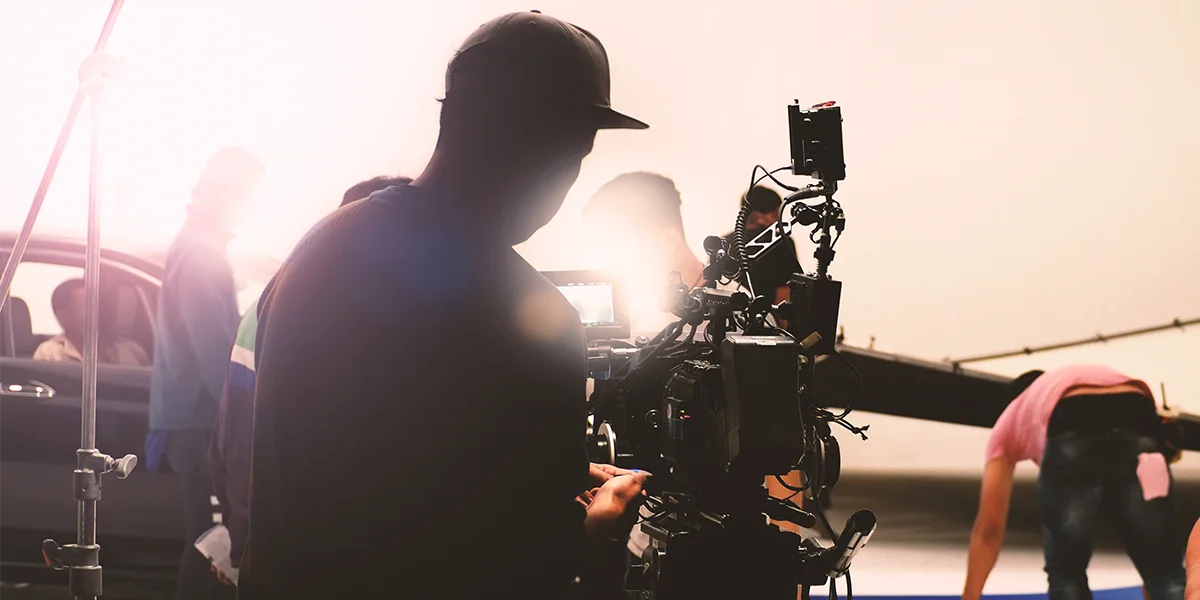
So, with the refrigerator issue you had, the videos you found were not produced by the OEM?
Nope, not OEM-produced. It’s so common for people to take matters into their own hands, right?
When you search for instructional product content online, you’re going to find tons of consumer-generated content.
This is content not created, authorized or reviewed on any level by the manufacturer or seller of the product.
That can be a bad scene for the manufacturer, and it often is. Consumers are doing their own explainer video production because they recognize a need that’s not being met. They’ve figured out a way to deal with your product, hack the product, fix the product.
They’re putting that out there to the public and a lot of times it’ll come with, ah, (laughs) let’s call it ‘editorial commentary’.
They might literally say, “My advice to you is not to buy this. But if you did, here’s what you can do to fix this problem.”
And that is not good if you’re the manufacturer.
It creates a platform for very specific product complaints. It places the complaints somewhere where many potential buyers are going see it.
Absolutely. And you know, when I had my issue with my refrigerator, literally the first thing the man explaining the procedure said was, “You will not find this in your owner’s manual,” which, to me, was kind of shocking.
Because first of all, that information should have been in the owner’s manual. It was a very basic task any owner would need for cleaning the shelves.
The manufacturer had not included this in their owner’s information, which is a huge problem.
Secondly, individuals in the world at large were creating content to fill that gap, getting a lot of clicks and views and becoming the subject matter experts.
Filling the void.
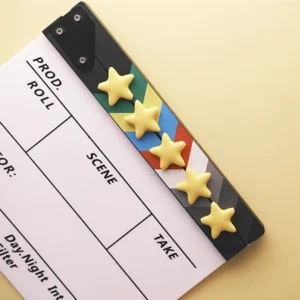
So, we create videos to educate owners on how to use features on new vehicles, or any new product. That’s one of our core specialties.
But it goes further than that because the research shows consumers do a tremendous amount of research online before they commit to purchasing a product.
What this means is that, while our videos might not be marketing videos per se, they perform a marketing function because consumers are seeing these videos during their purchase research phase.
If I’m thinking of buying a product, the first thing I’ll do is search for it on YouTube. I may want to see what kind of features are available. I might also be looking for opinions on the product.
If I find angry buyers saying, “This isn’t in the manual, but if you don’t follow this procedure, you could break the product,” it might not bode well for my inclination to buy.
On the other hand, if I see a comprehensive YouTube library, direct from the manufacturer, I’m going to feel up front like this is a supported product. I’m not going to be on my own if I purchase it.
So, these videos serve a marketing function even if they’re not created expressly for that purpose.
There’s plenty of research indicating that people visit a dealership later and later in the decision-making process. Whereas before a buyer’s first stop might be interaction with a dealer, buyers now do a ton of advanced online research, watching these videos, and that research might have a huge influence over which dealership I go to.
Right. And this is especially true for larger purchases—a car or a recreational vehicle, things like that.
People spend a lot of time considering these purchases in advance. They’re trying to choose wisely because these purchases are a significant expense. They don’t want to make a mistake.
Explainer video production, or owner support video specifically, supports confidence in that decisionmaking process.
In Part Three, Amy talks about budgeting for video—how she determines the needs of each brand project, how she works with clients to scale their productions accordingly, and how new technologies can reduce costs while actually increasing production value.
In the meantime, check out Amy—along with Ford Motor Company’s Nick Terzes—discussing product information video in this webinar recording from August 2024, hosted by Tweddle Group’s Laura McGowan.
